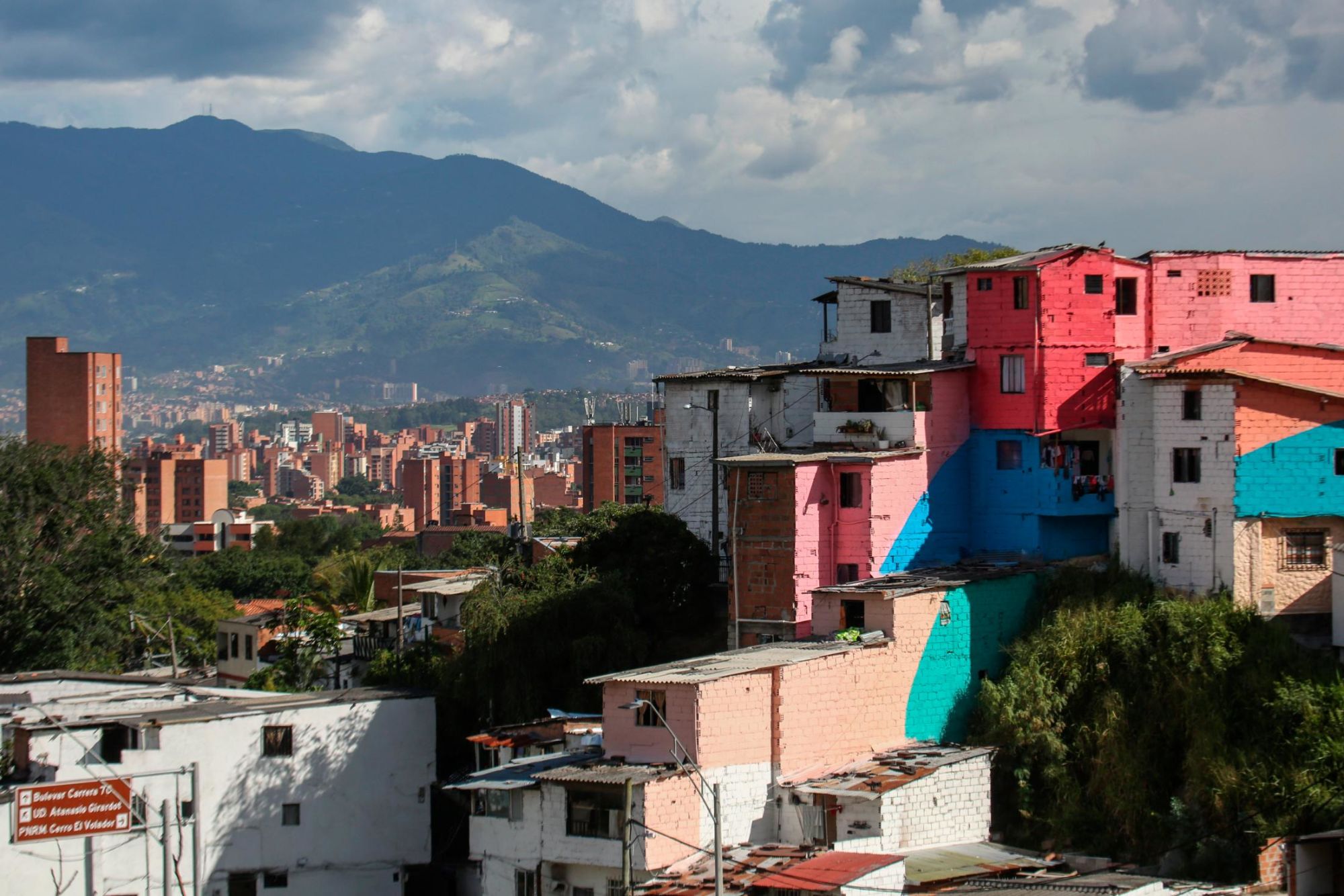As urban populations boom, homelessness is rising in some of the world’s richest cities and, across the developing world, nearly one billion people live in sprawling slums.
While governments and property developers struggle to provide answers, some residents are taking matters into their own hands, by constructing buildings that are rising higher into skylines, and that they can call home.
Globally, fewer than one in 50 buildings is designed by a professional architect, according to Carlo Ratti, a professor at the Massachusetts Institute of Technology (MIT).
And now, some leading architects are redefining their own role from designing buildings to offering guidance for eclectic self-build projects. These range from low-cost towers that aim to improve lives in some of the world’s poorest urban neighborhoods, to utopian skyscrapers that promote imaginative new ways of living.
“It’s already happening in my country,” said Arif Hasan, 76, one of Pakistan’s best-known architects, who has worked in the slums of Karachi for over 40 years. “People build their homes themselves and architects – in some cases, not all cases – give them advice.”
“These are usually single and double-story houses. But, now, people are building six, seven floors.”
It might sound precarious. But adhoc high-rise housing, self-built by residents or local communities, has succeeded in providing homes for tens of thousands of people.
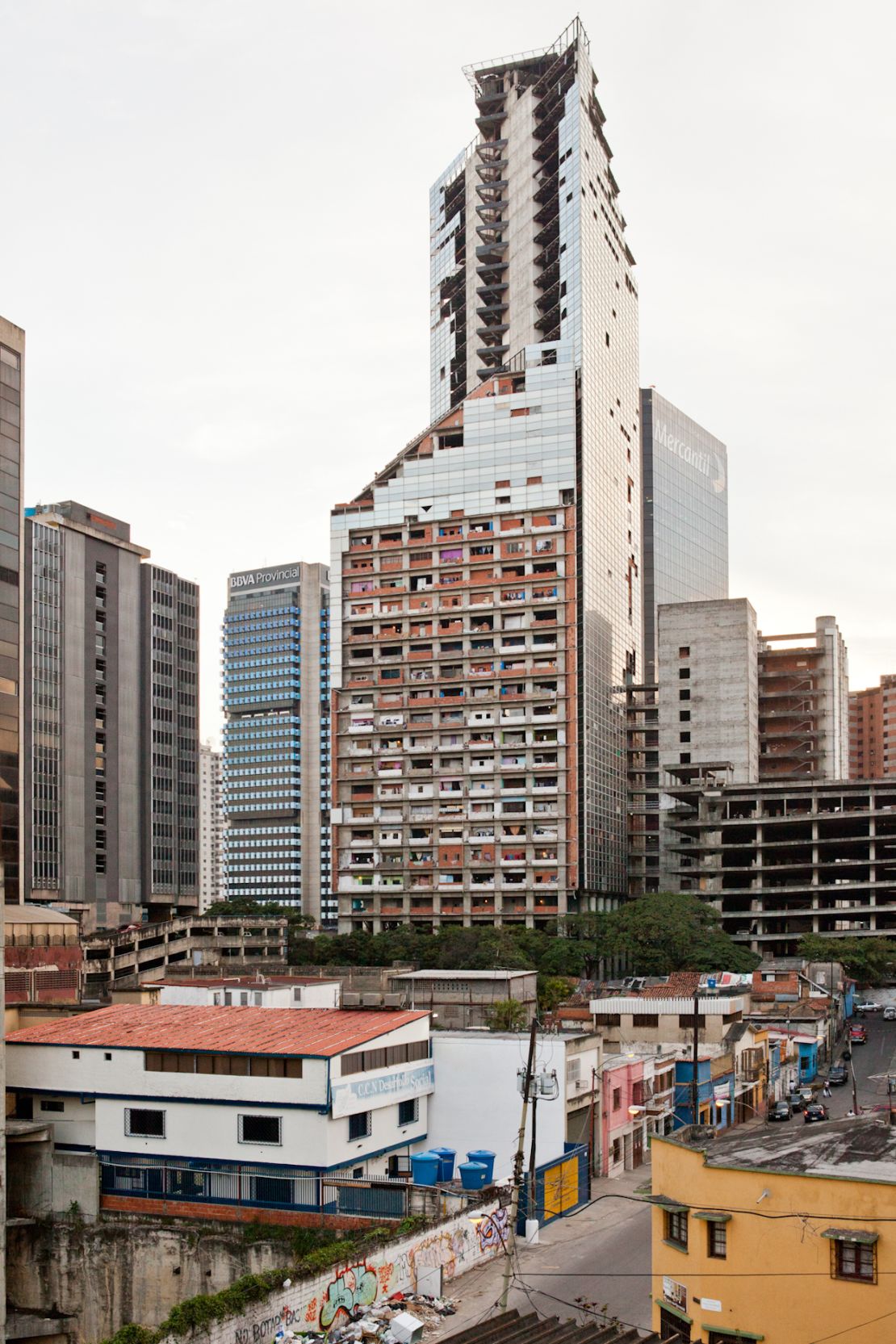
In Hong Kong, a 14-story-high, 700-foot-long unplanned megastructure named Kowloon Walled City, established in 1898, was once the densest housing development on Earth. At its peak, it was a dangerous warren of apartments, shops, offices and factories that housed some 40,000 people. Residents were moved out and it was demolished by the Chinese government in 1994.
In the Venezuelan capital Caracas, the vertical slum known as Torre David (Tower of David) rose above the city for eight years. Locals had been given permission by Hugo Chavez’s government to colonize the skeleton of an unfinished 45-story corporate skyscraper, until 2014, when they were moved to a new social housing complex.
And last June, a drone photograph brought international attention to an equally surprising construction. In Jakarta, Indonesia, a kind of prototypical suburban neighborhood estate was found perched atop a 10-story shopping mall. Built by a property developer, Cosmo Park has tree-lined streets, a tennis court and a swimming pool. The homes themselves are only 1-2 stories high, but their vantage point on top of a building demonstrates how communities are becoming more inventive at exploiting vertical space.
Around the world such towering – and sometimes ill-fated – housing experiments have cropped up more and more since the mass urbanization of the mid-20th century.
In Rio de Janeiro, families are stacked on top of each other in favelas half-balanced against the hillside. In Istanbul, boxy gecekondu – quickly erected houses – spread into sprawling multilayered complexes.
Today, residents have gained legal titles to these once-unregulated buildings, and many of the self-built structures blend seamlessly into the professionally built developments around them.
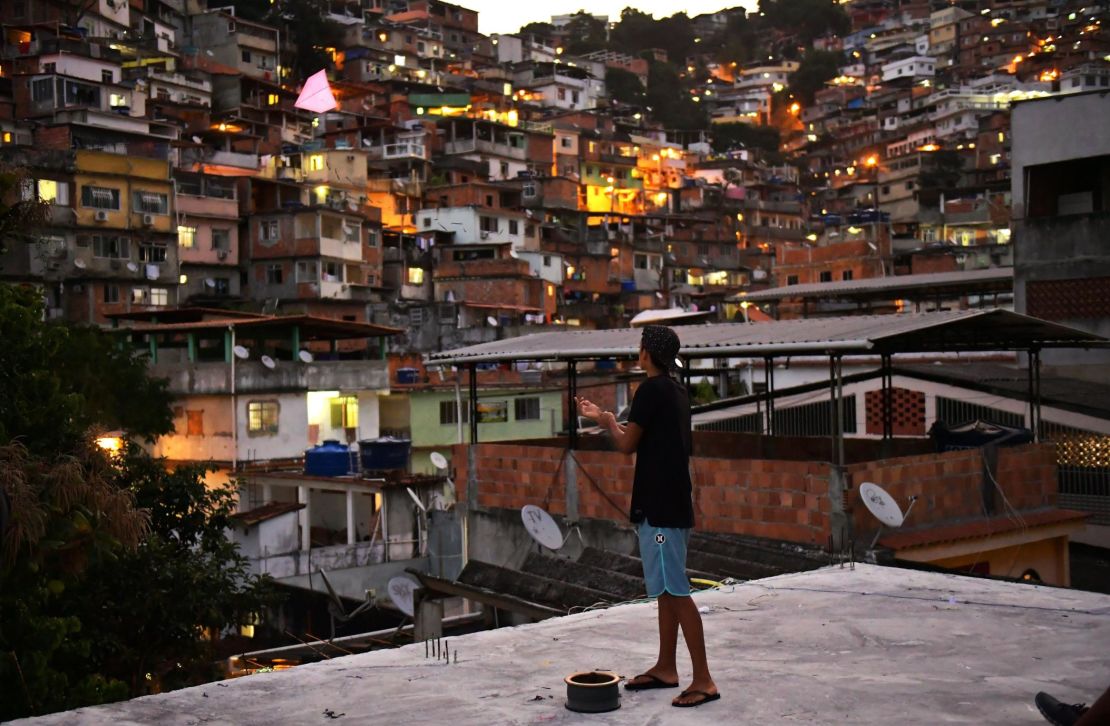
Crucially, most of these 20th-century projects topped out at four or five floors, and delivered poor quality, dangerous housing. But newer structures incorporating better design practices aim to see how high regular people can build, while also creating safer homes and healthier communities.
It’s happening
In Karachi, where the architect Arif Hasan lives, people living in low-rise homes in slum-like settlements, known locally as katchi abadis, make deals with informal builders to construct apartment blocks of five to seven stories. The existing residents remain, taking the top floors as penthouses for themselves and selling several apartments below.
Hasan has provided architectural advice to such communities through influential initiatives such as the Orangi Pilot Project, which has brought sewage and water systems to urban slums since 1980.
Last year, Hasan began work in an area called Punjab Colony, a decades-old community near the heart of Karachi that is now starting to reach skywards. There, he hopes to launch an initiative in July to offer residents architectural advice to make the buildings safe, light, well-ventilated and earthquake-resistant.
“Apart from that, I think people should have complete freedom to do what they want,” said Hasan speaking by phone from Karachi.
More than simply an opportunity to provide adequate housing, this collaborative process enables residents to shape the design of their homes and their community.
Informal communities are also often hardest hit when earthquakes and fires occur, and these upgrades offer the chance to right some of their great wrongs – to create neighborhoods with better sewerage systems and better insulation, and with more open public space.
A self-build tower for London
The step-up from seven stories to skyscraper heights (over 40 floors) remains some way off, but is being plotted by designers including Pawel Lipiński and Mateusz Frankowski.
The Polish duo won first prize in the eVolo Skyscraper Competition in 2017 for Mashambas Skyscraper, a modular vertical farm designed for agricultural communities across sub-Saharan Africa.

But such experimentation is not confined to low-regulation environments in the developing world.
London-based practice Something & Son is proposing a new type of residential high-rise architecture in response to the lack of affordable homes in the UK.
The duo, Paul Smyth and Andrew Merritt, presented their initial plans at the Manchester International Festival (MIF) last year and are still in the early stages of planning and budgeting of what they say will likely be a decade-long endeavor.
Professionals with sufficient construction skills would build a super-structure then give residents the greatest possible freedom to build into the given space, sharing the cost of land and structural engineering.
“Imagine a multistory concrete structure, built empty, and then you find people to occupy and built the plots,” explains Smyth. “Materials are shipped up in a lift in the middle, and [independent] builders or individuals start building out those plots and it creates a tapestry of different housing styles and expressions.”
Something & Son’s goal is not to produce one single architectural design, but to outline a working model for a whole new system.
“We’re designing the system instead of designing the building,” said Merritt. “The framework system, the infill system, the financial system that would underpin it.”
“What you’re getting is effectively starter homes: homes you build, get in and incrementally invest in over time, which is completely different from the mortgage system, where you pay for it all up front, and then you’re in debt to a bank,” Smyth added. “Some people might take these plots and park a caravan up there in the first year.”
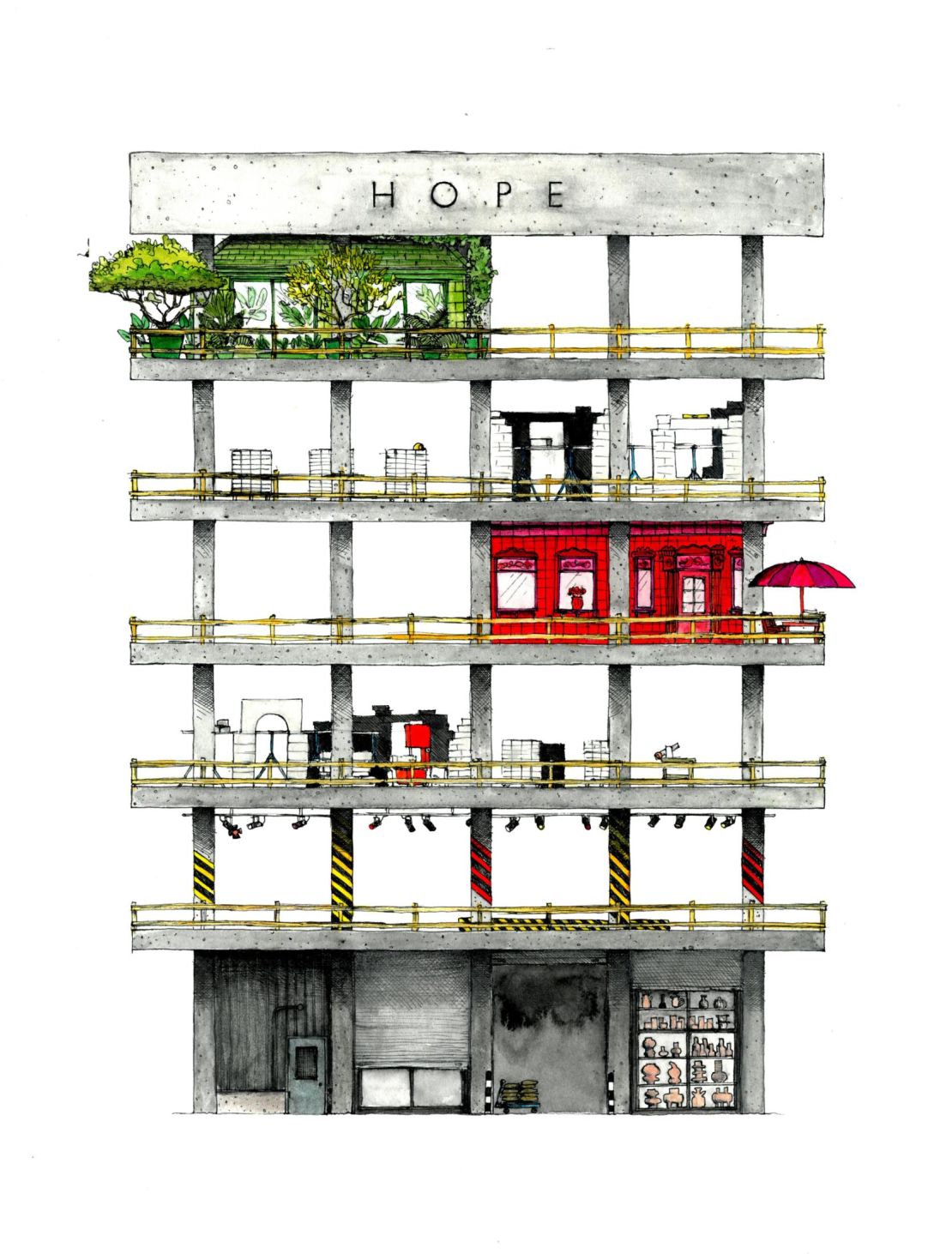
This might sound daring but Something & Son look back on progressive precursors for inspiration, including the Four Per Cent Industrial Dwellings Company, whose crest can still be seen on the side of London apartment buildings. Founded in 1885 by the banker Nathan Mayer Rothschild, the Four Per Cent Company built more than 1,000 homes for Jews living in London’s East End.
Rothschild’s model allowed wealthy investors to buy shares with a guaranteed return of 4%, while residents received a two-bedroom home at an affordable rent, equivalent to around £30 ($37) a week in today’s money.
And while the company’s smart brick mansion blocks, designed by architect Nathan Joseph, now look at home amid London’s mix of historic typologies, Something & Sons’ towers promise to stand out. They foresee a mishmash of designs arising, according to individual inhabitants’ tastes.
“The gist of the project is that we do the bare minimum: the shell-and-core is the ‘sculpture’,” which enables the residents to express themselves, said Merritt.
Something & Son aim to facilitate this by offering residents open-source blueprints to guide construction and innovative materials like lightweight, super-insulating concrete blocks known as Ytong blocks.
Ytong blocks are a single block of lightweight, aerated concrete with the consistency of a bubbly Aero chocolate bar, said Smyth. “They’re super light but super big. And they’re the structure and the insulation all in one. You can stick them together with a bit of glue, but you can cut them and shape them far, far easier.”
Recolonizing city ‘relics’
Architect Hubert Klumpner, a professor of Architecture and Urban Design at ETH Zurich, believes that communities could ultimately build their own high-rise structures, too. But in many cases this will be unnecessary.
“There is a landscape out there, an urban landscape, which is already built and stretches from Downtown Detroit… to vertical parking structures,” he said.
Klumpner believes these “relics” should be seen as opportunities for resettlement: “You go into them like pioneers who opportunistically occupy the most interesting corners, the most interesting floors, within the structure.”
Since the core structure of a building is responsible for about 30% of its embedded carbon, there is a strong environmental argument for reusing high-rise buildings. But Klumpner is ultimately more interested in how we might live and build, if we were freed from the restrictive idea that buildings should be fixed in their function and floor plan.
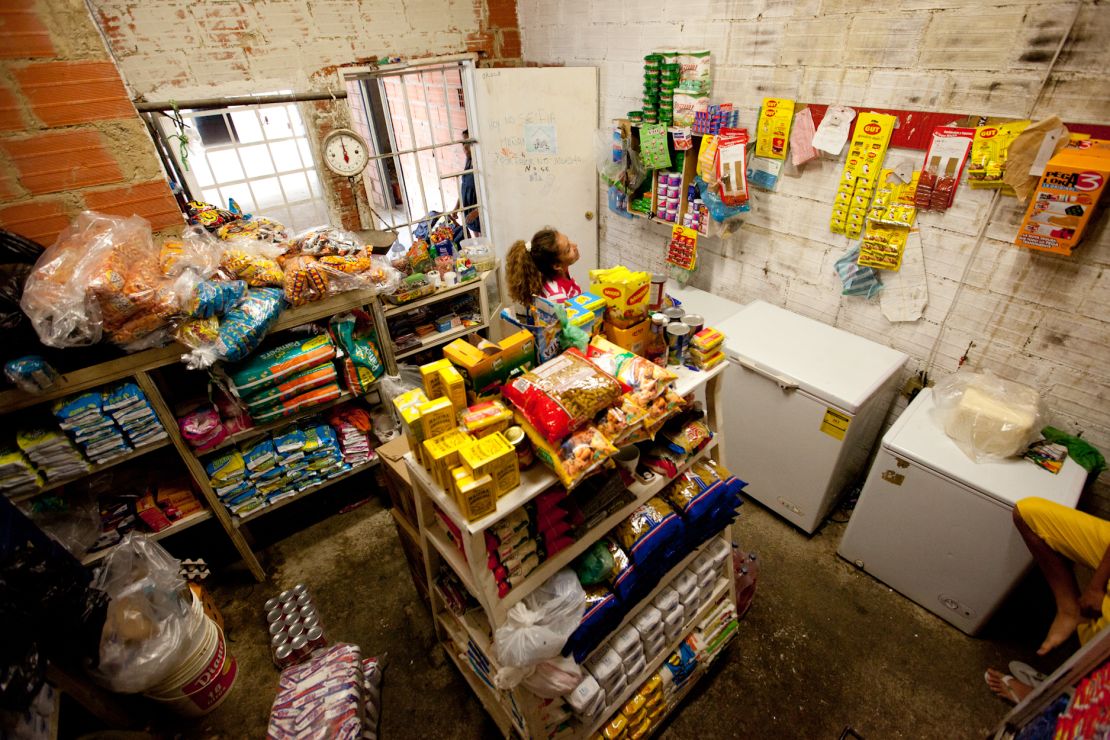
For over a year, Klumpner and his partner at the architecture firm Urban Think Tank (U-TT), Alfredo Brillembourg, studied the Torre David in Caracas, which then was home to 3,000 people, shops and restaurants. They found a democratic system that allowed for group decision-making about the tower.
Their research project, including a recreation of a restaurant that stood in the tower, won the Golden Lion at the Venice Architecture Biennale in 2012.
Klumpner sees potential for the ingenuity displayed by the skyscraper’s residents to be harnessed elsewhere. If, as the United Nations predicts, climate change displaces up to 300 million people by 2050, the way we build our cities needs to be “a lot more ephemeral, a lot more elastic, a lot more transitory,” said Klumpner.
“We’re pouring too much concrete. We’re making too absolute solutions, thinking we understand what’s going to happen in the future, and we are constantly being confronted with a different reality,” he said.
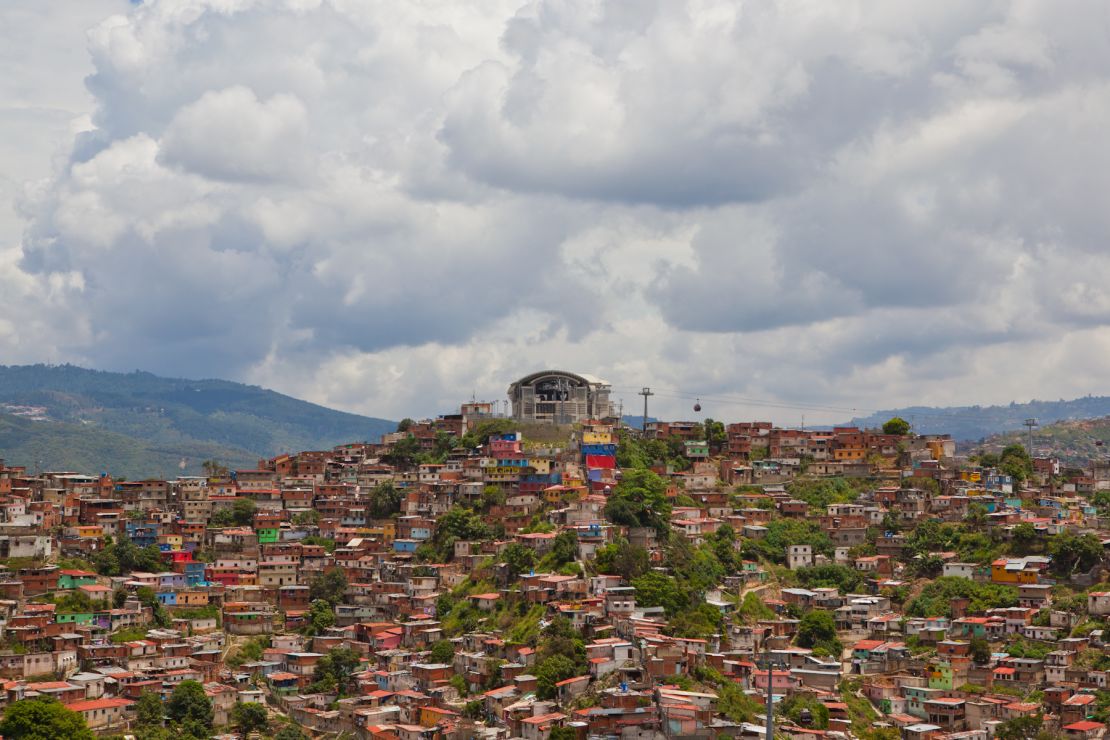
In mountainous Medellin, Colombia, U-TT’s architects are putting their ideas into action. They’re opening a 60-hectare site in a rundown part of the city, which was hard hit by the country’s civil war and once-booming drug trade. Here, they will carve out spaces for housing, arts projects, infrastructure and innovative start-ups, and small-scale industry.
The objective is to exploit tools like 3D printing “fab-labs,” said Klumpner. But this means understanding how to connect people, from the very poorest urban migrants to the most innovative start-ups, investors and inventors, he added.
“How do you create a bridge between different groups of the population, leaving no one behind, and creating a sort of ‘co-design’ for a 60-hectare area, connecting to landscape features… and creating a new industry in the middle of the city?”
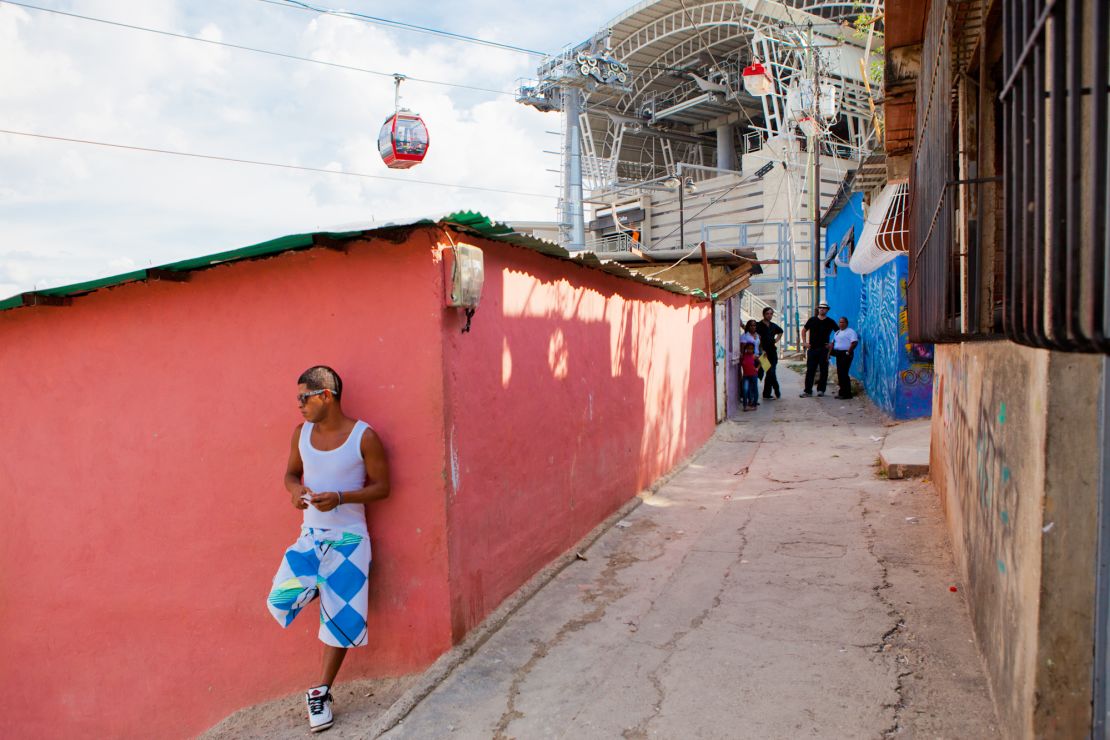
In planning for the future, we can design healthy, safe neighbourhoods that also open up space for the ingenuity of radical self-builders, Klumpner said.
“Those are places of experimentation. We have deprived ourselves too much, through regulation,” he said. “We need a lot more large-scale laboratories with real people populating them.”
